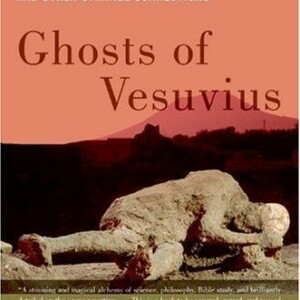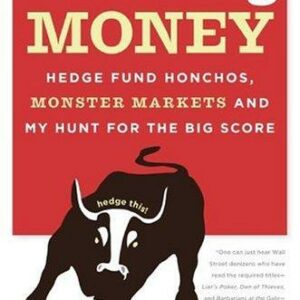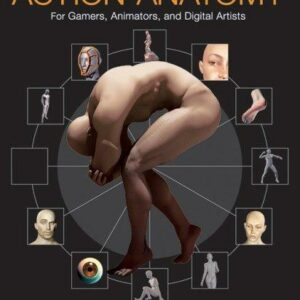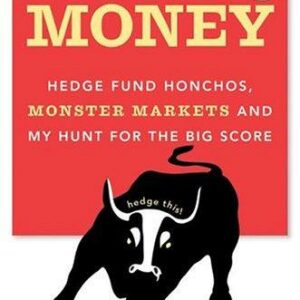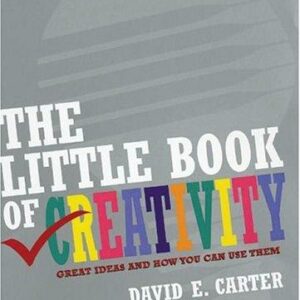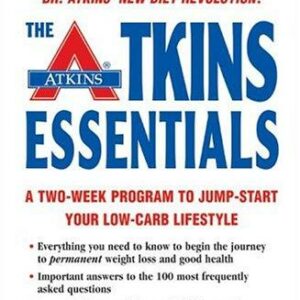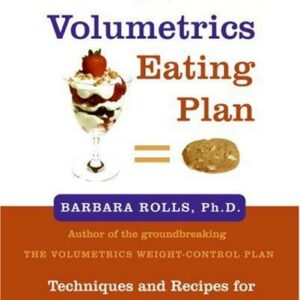The Creative Brain
$40.00
| Title | Range | Discount |
|---|---|---|
| Trade Discount | 5 + | 25% |
- Description
- Additional information
Description
A nuanced, science-based understanding of the creative mind that dispels the pervasive myths we hold about the human brain—but also uncovers the truth at their cores.
What is the relationship between creativity and madness? Creativity and intelligence? Do psychedelics truly enhance creativity? How should we understand the left and right hemispheres of the brain? Is the left brain, in fact, the seat of reasoning and the right brain the seat of creativity? These are just some of the questions Anna Abraham, a renowned expert of human creativity and the imagination, explores in The Creative Brain, a fascinating deep dive into the origins of the seven most common beliefs about the human brain. Rather than endorse or debunk these myths, Abraham traces them back to their origins to explain just how they started and why they spread—and what at their core is the truth.
Drawing on theoretical and empirical work in cognitive psychology and neuroscience, Abraham offers an examination of human creativity that reveals the true complexity underlying our conventional beliefs about the brain. The chapters in the book explore the myth of the right brain as the hemisphere responsible for creativity; the relationship between madness and creativity, psychedelics and creativity, atypical brains and creativity, and intelligence and creativity; the various functions of dopamine; and lastly, the default mode revolution, which theorized that the brain regions most likely to be involved in the creative process are those areas of the brain that are most active during rest or mind-wandering.
An accessible and engaging read, The Creative Brain gets to the heart of how our creative minds work and why some people are more creative than others, offering illuminating insights into what on its surface seems to be an endlessly magical phenomenon.Anna Abraham is the E. Paul Torrance Professor and Director of the Torrance Center for Creativity and Talent Development at the University of Georgia. She is the author of The Neuroscience of Creativity and the editor of the multidisciplinary volume The Cambridge Handbook of the Imagination.There was once a well- known story about the entrancing power of the human imagination that is now either completely forgotten or so entirely unappealing that it bears no allure, even for the most superstitious among us. It began as the story of “maternal impression”— an extraordinarily prevalent notion about the human mind that was dominant in intellectual discourse from the mid- 1500s until the early- nineteenth century.2 This dated medical theory purported that the potency of maternal imagination was so singular that an over-excitement of the mind while pregnant could lead to disastrous consequences for the ensuing progeny. It was a strangely compelling idea that traced its influences as far back as ancient Greece in the works of Aristotle and Hippocrates.3 So-called “monstrous births” included anything from bizarre physical anomalies to severe birth defects.4
The fact that it took several centuries for this wild idea to be fully discarded reveals much about the endurance of myths. They are incredibly hard to shake off once they have set in.5 Even when a mountain of evidence against the established narrative accumulates, it has little persuasive sway when no (satisfying) alternative story to latch onto is offered. “The problem is that most of us find it more comforting to have certainty, even if it is premature, than to live with unsolved or unexplained mysteries.”6 Therein lies the reassurance of pseudoscience— it allows for real conviction to take root in our minds that the ideas we have about the world are grounded in reason (as opposed to superstition) because they are experienced as stable and coherent, rather than unstable and incoherent. It is not enough to know what isn’t. One must also be able to readily grasp what is.
Introduction
2. Havelock Ellis, Studies in the Psychology of Sex, Vol. V: Erotic Symbolism; The Mechanism of Detumescence; The Psychic State in Pregnancy (Philadelphia: F. A. Davis Co., Publishers, 1920).
3. Marie- Hélène Huet, Monstrous Imagination (Cambridge, MA: Harvard University Press, 1993).
4. Originally introduced in 1573: Ambroise Paré and Michel Jeanneret, Des monstres et prodiges (Paris: Gallimard, 2015).
5. Norbert Schwarz, Eryn Newman, and William Leach, “Making the Truth Stick & the Myths Fade: Lessons from Cognitive Psychology,” Behavioral Science & Policy 2, no. 1 (2016): 85– 95, https://doi.org/10.1353 /bsp.2016.0009.
6. Michael Shermer, Why People Believe Weird Things: Pseudoscience, Superstition, and Other Confusions of Our Time (New York: Henry Holt and Company, 2002), 53.US
Additional information
| Weight | 9.4 oz |
|---|---|
| Dimensions | 0.7300 × 5.3100 × 8.0000 in |
| Imprint | |
| Format | |
| ISBN-13 | |
| ISBN-10 | |
| Author | |
| Audience | |
| BISAC | |
| Subjects | psych, psychology books, mental health books, neuropsychology, consciousness, science books, neurology, cognitive science, science gifts, PSY020000, science book, neuroscience, science gifts for adults, science books for adults, psychology book, brain science, cognitive psychology, cognitive neuroscience, neuroscience books, brain book, brain books, technology, mental health, psychology, self help, meditation, science, education, health, medical, biology, philosophy, medicine, memory, Sociology, physics, alchemy, Human nature, how to, SCI089000, Brain |



